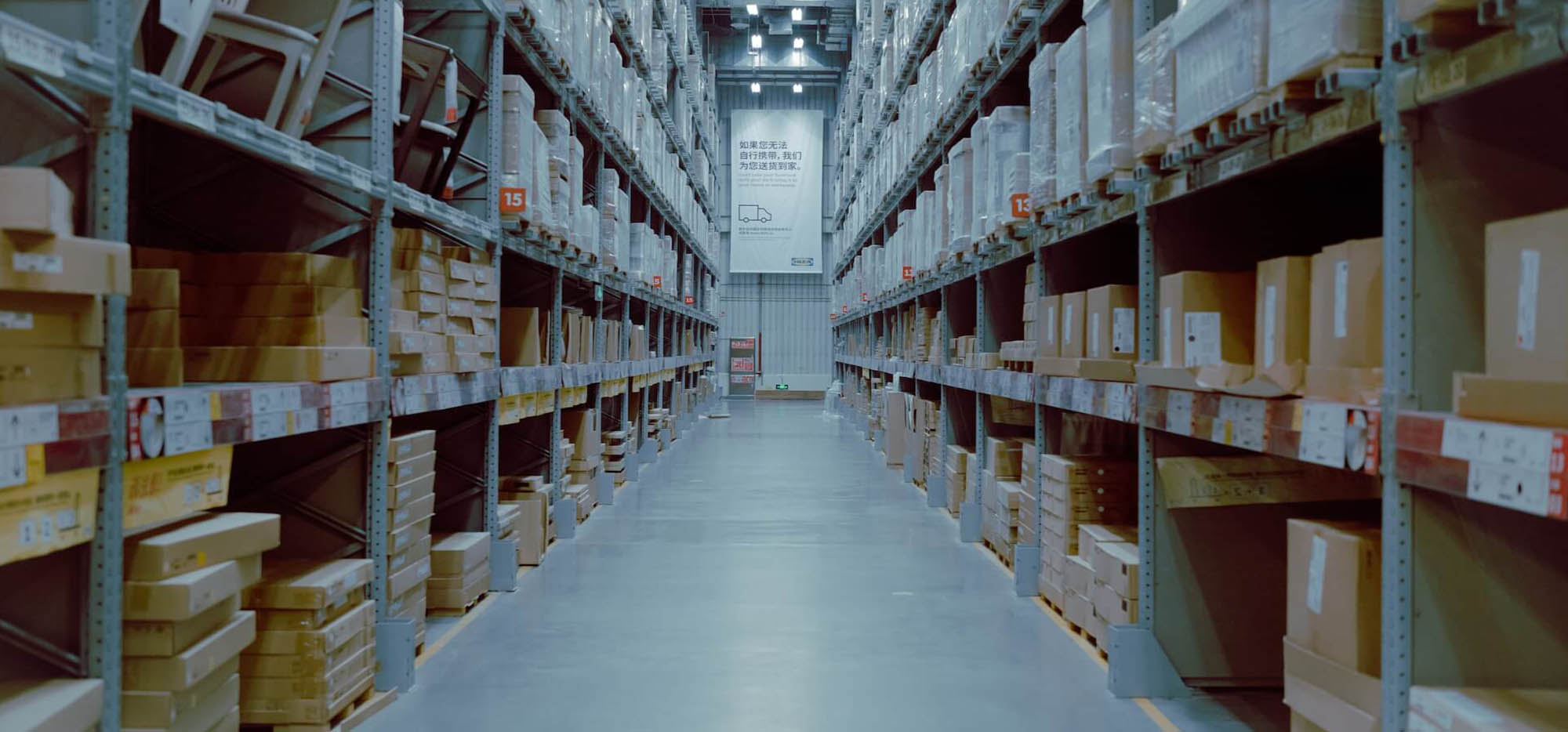Warehouse operators face significant challenges with supply chain disruptions that are beyond their control. However, they can still enhance the efficiency and visibility of their operations by utilizing innovative technologies. These solutions enable one to optimize inventory, monitor assets, and make data-driven decisions to improve overall performance. By leveraging these tools, stakeholders can improve their responsiveness to market demand, reduce costs, and increase customer satisfaction.
Digital warehouse technology empowers businesses to accurately track their inventory in real-time, enabling them to rapidly identify any discrepancies or irregularities across their supply chain operations. Additionally, digital warehouses offer faster order fulfillment and processing, enabling businesses to swiftly respond to customer orders. This results in better customer service through timely delivery and personalized experiences, leading to increased customer satisfaction and loyalty.
Digital warehouses also help businesses enhance security and compliance by implementing advanced security protocols such as encryption, authentication, and authorization. This helps organizations safeguard their data and adhere to environmental regulations by providing insights into carbon footprints and resource consumption. Additionally, digital warehouses can significantly reduce operational costs, including labor and overhead expenses. Let us look at a few technologies that can help you transform into digital warehousing.
IoT
Smart connected devices offer a plethora of applications that can revolutionize warehouse management. These devices have the potential to track real-time location of assets, collect critical conditional parameters, enhance warehouse security, automate warehouse processes, and much more. By installing sensors in a warehouse, for instance, managers can be alerted when a particular stock falls below a set threshold limit.
ML & Analytics
Warehouses face challenges, such as high costs, demand for collaborative planning, same day shipping and more. In an IoT network, data is gathered through sensors and analyzed to optimize warehouse operations. By installing sensors or smart chips throughout the warehouse, useful data can be obtained.
AGVs
The integration of autonomous guided vehicles (AGVs) is a key component in automating warehouse operations and optimizing efficiency. These vehicles are designed to navigate the warehouse floor without human intervention, reducing labor costs, increasing order fulfillment speed, and enhancing overall accuracy. AGVs offer real-time visibility across the supply chain, allowing organizations to quickly adapt to changes in customer demand and capitalize on market opportunities by enabling digital warehouse transformation.
Automation and Robotics
Automation can significantly reduce labor costs and enhance accuracy, while robotics can greatly increase the speed of order fulfillment and inventory management. Automation and robotics offer real-time visibility into all aspects of the supply chain, enabling organizations to rapidly respond to shifts in customer demand and capitalize on emerging market opportunities. This real-time data can help organizations optimize their operations and stay ahead of the competition in today's fast-paced business environment.
Wearables
Wearables are miniature computers that can be worn on various parts of the body, such as the wrist, head, or other areas. Utilizing devices like smart glasses, augmented reality, and voice-enabled tools are gaining more popularity as a way to establish efficient interaction with systems. Wearables offer warehouse clerks and managers the ability to access a wide range of real-time information, regardless of their physical location, surroundings, and limitations. This technology enables them to receive data in real-time and perform their tasks more efficiently, improving productivity and streamlining warehouse operations. The convenience of wearables allows workers to focus on their work without having to worry about accessing necessary information or being tied to a particular location.
Let’s Sum Up
Undoubtedly, digital warehousing is revolutionizing the supply chain industry by enhancing efficiency, accuracy, and transparency. By leveraging cutting-edge technologies such as the Internet of Things (IoT), robotics, and wearables, digital warehouses enable real-time inventory tracking and automated processes. These capabilities enable businesses to optimize their operations, reduce costs, and improve customer satisfaction. As technology continues to evolve, the potential for digital warehousing to transform supply chain operations is limitless.
